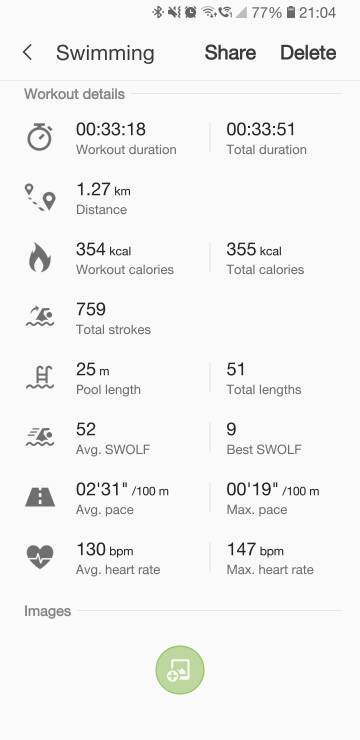Hello,
I am planning to buy the Galaxy Watch soon (46mm) and I wonder what does the 5 ATM value really mean, since the actual water pressure depends on how fast do you move with the watch, which type of water you swim in and so on.
The official description states that normal swimming means no danger but where is that threshold after which the watch could get damaged? (especially in chlorinated pool water).
I am asking because the articles I went trough sometimes slightly differ in their description of atmospheric pressure levels and I´d like to be sure what that "shallow depth" really stands for - I know that diving to the bottom of an usual swimming pool (3-4 meters) would probably killed the watch in a few seconds but will it withstand for example 1-2 meters for a brief amount of time? Sometimes is quite uneasy to pay attention to what are you doing, mainly with a group of friends who might be prone to "push you under water a bit" if you know what I mean or if you want to jump from a lower-level springboard...
or if you want to jump from a lower-level springboard...
Thank you for any advice.
I am planning to buy the Galaxy Watch soon (46mm) and I wonder what does the 5 ATM value really mean, since the actual water pressure depends on how fast do you move with the watch, which type of water you swim in and so on.
The official description states that normal swimming means no danger but where is that threshold after which the watch could get damaged? (especially in chlorinated pool water).
I am asking because the articles I went trough sometimes slightly differ in their description of atmospheric pressure levels and I´d like to be sure what that "shallow depth" really stands for - I know that diving to the bottom of an usual swimming pool (3-4 meters) would probably killed the watch in a few seconds but will it withstand for example 1-2 meters for a brief amount of time? Sometimes is quite uneasy to pay attention to what are you doing, mainly with a group of friends who might be prone to "push you under water a bit" if you know what I mean
Thank you for any advice.



